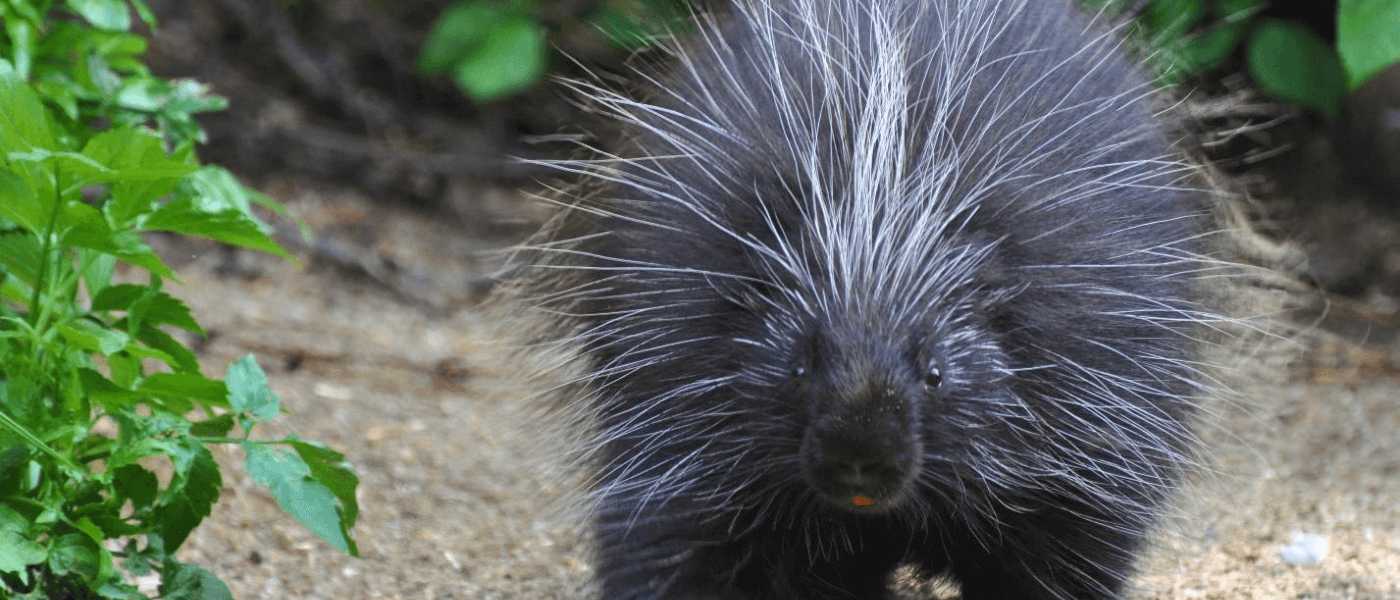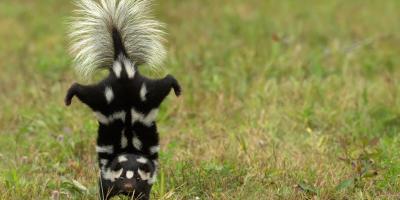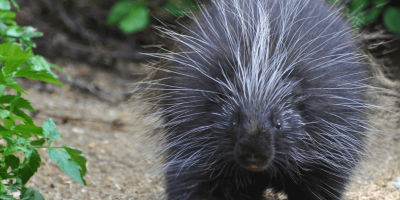Dog vs. Porcupine: Never a Fair Fight

For New England dog owners, hiking the region’s magnificent nature trails are among their most priceless experiences. But for an unlucky few whose off-leash excursions ended face-to-face with a porcupine, those memories are anything but fond.
Porcupines can be found all across New England, but you (or your pup) are more likely to encounter them in coniferous or mixed forests. You’re also more likely to run into the nocturnal mammals at night while they’re out foraging for food.
Porcupines are generally considered a beneficial species. One of their favorite foods is a parasitic seed plant called dwarf mistletoe, which stunts the growth of coniferous trees. Plus, their foraging thins out overgrown forest areas and reduces the number of weed trees in an area.
But good for the biome and good for your bow-wow are two very different things, and porcupines are decidedly dangerous to your canine companion.
Quillers, But Not Killers
Those long, sharp quills covering a porcupine from head to toe are there for a reason -- the porcupine’s defense. They might rattle them to warn a potential predator first as a warning. But if that message isn’t received, porcupines might then charge the offending animal, backwards (because that’s the direction their quills face).
That means, of course, that in order to suffer a porcupine attack, a person or animal like you or your dog has to get close -- really close. Thankfully, even if you or your doggo do find yourself on the dangerous end of a porcupine, a porcupine attack is seldom fatal. Contrary to what many people believe, porcupine quills are not poisonous. They are, however, brutally painful.
And while even so much as a near miss might teach you a lesson, studies show that dogs don’t learn theirs quite so easily. Even after suffering dozens or even hundreds of puncture wounds to the face and body, dogs will commonly run right up on another porcupine if given the chance, too often leading them right back in the vet’s office. That means porcupine attack prevention is up to you.
Prickly Prevention Tips
First and foremost, keep your dog on a leash whenever you walk them in nature. No matter how well-trained and well-mannered your pooch may be, they’re not going to register danger when they encounter a porcupine. That measure alone will allow you to control the situation if a porcupine suddenly makes an appearance.
But you don’t want to have to leash your pet in all situations -- like in your own backyard, for instance. If your property borders an area rife with porcupines, you may want to take extra precautions.
Porcupines are drawn to damaged trees, so consider fencing them in if you have any on your property. Same for gardens and flower beds: Place 30-inch flashing around the base of all the tree trunks in your yard, especially older trees. These steps may not only protect your pup, but your property as well. Porcupines can do considerable damage to plant life.
Also, block off any gaps or holes below your porch with chicken wire to prevent porcupines from overnighting there.
Make a Point to Call the Pros
If your porcupine problem is to the point you’re considering laying out traps, it’s probably time to call the pros.
Got porcupine questions? Our customer support specialists are standing by to answer them. Contact us today to speak with a representative.



